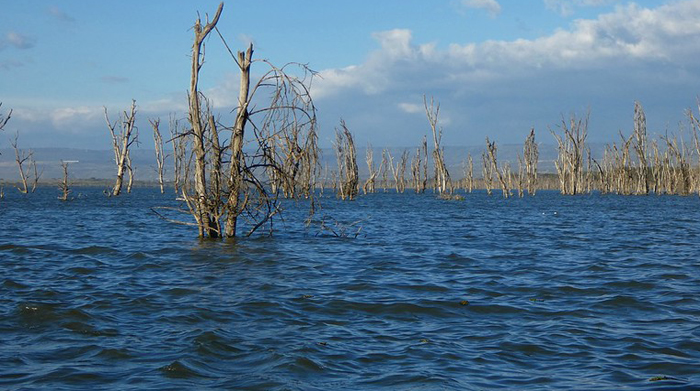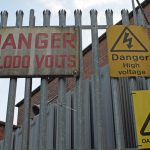Will Rising Sea Levels Impact Utility Emergency Preparedness?

Image courtesy of Linda De Volder under Attribution-NonCommercial-NoDerivs 2.0 Generic License, resized to 700 x 391 pixels.
Rising sea levels are a real phenomenon for coastal regions. Not only that, but coastal cities are sinking as well! Obviously, rising sea levels coupled with land sinking (called “subsidence”) is not a good combination, and, sooner or later, utilities located in these regions are going to have to pay the proverbial piper. The good news is that there are some things that can be done to help stem the tide (pardon the pun).
What Should Utilities Do to Prepare for Rising Sea Levels and Subsidence?
First, it’s important to understand what causes these phenomena. Rising sea levels are clearly the more well known of the 2 issues and is mainly driven by warming global temperatures that are accelerating the melting of polar ice caps into the Earth’s oceans. Subsidence, on the other hand, is a manmade issue caused by the long-term removal of groundwater for drinking and other purposes.
While it’s a relatively unknown phenomenon, subsidence is more common that most people think – for example, New York City is sinking 1-2 millimeters a year, Tampa, Florida is sinking by up to 6 millimeters per year, and parts of Mexico City are sinking up to a whopping 20 inches per year.
Unfortunately, there is not much that utilities can do about either issue other than to optimize emergency preparedness. Simply put, it’s not on utilities to reduce climate change or to come up with solutions to reduce groundwater usage.
To prepare, utilities should make sure that they have plans and practices in place to continue operations (as much as is possible) during extreme coastal flooding events. Utilities should also engage in substation hardening that helps mitigate the impact of flooding. In addition, certain assets can be relocated to higher ground.
The bottom line is that issues such as rising sea levels and subsidence are a real threat to coastal utilities (and, pretty much, every company and homeowner located in these areas). The train has left the station, but not all is lost as long as preparedness is front and center.



